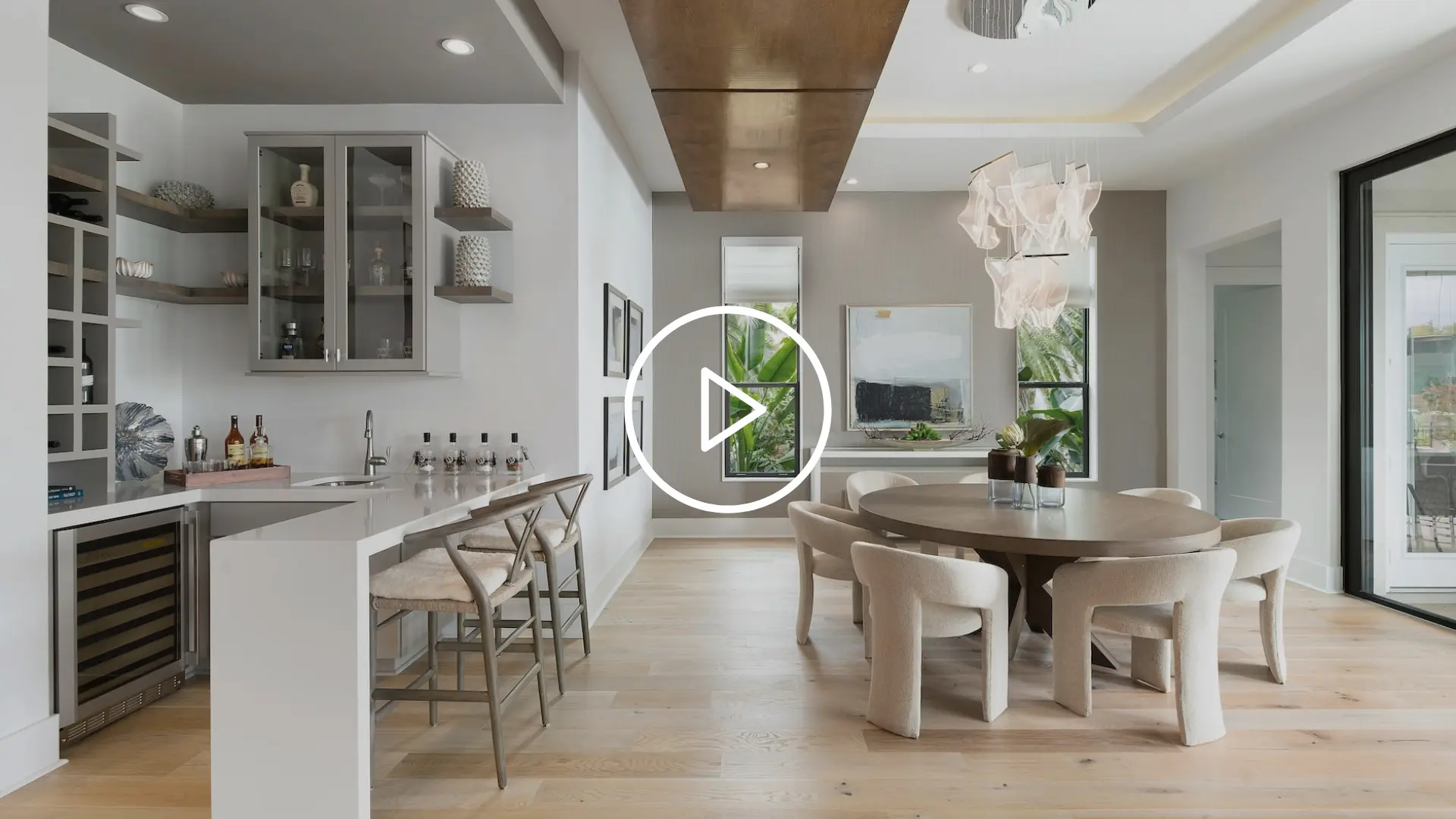
How to Design a Dining Room That Works for Everyday Life and Entertaining
The dining room is more than a place to eat. It’s where family dinners, holiday celebrations, and casual get-togethers happen. But creating a space that feels stylish, functional, and ready for any occasion can be challenging. Whether you’re working with a formal dining room or an open-concept layout, these key considerations and emerging trends will help you design a dining space that works for everyday living and memorable gatherings.
Flexible Seating for Everyday and Entertaining
If you’re unsure how to design for both daily use and special events, start by assessing your seating needs. You may want comfortable seating for 10 with the option to accommodate up to 12 when hosting larger groups. Incorporating extendable tables or designing the space to allow for additional seating ensures guests remain within the dining area, promoting inclusivity.
Creating the Right Ambiance with Lighting and Sound
Many homeowners overlook how much lighting and sound impact the dining experience. Integrating ambient lighting like chandeliers or pendant lights with dimmers, allows you to set the right mood for casual dinners or festive occasions. Adding soft background music through hidden speakers can also enhance the atmosphere, making guests feel welcome and relaxed.
Adding Sustainable and Multifunctional Elements
For those seeking to make the most of their space, today’s dining rooms embrace sustainability and multifunctionality. Furniture made from reclaimed wood or bamboo not only adds warmth but also reflects eco-conscious choices. And in homes where space is limited, the dining room can double as a home office or cozy reading nook, increasing its daily functionality.
Personal Touches That Make It Yours
Infuse your dining room with elements that reflect your personal style. This could involve displaying cherished artwork, selecting a distinctive chandelier, or incorporating a unique centerpiece that sparks conversation. These personalized touches make the space uniquely yours and enhance the overall dining experience.
Avoiding Common Design Pitfalls
If you’re updating an existing space, watch out for these common design pitfalls:
Uncomfortable Seating: Choose cushioned or upholstered chairs to encourage guests to linger and enjoy the meal.
Wrong Rug Size: Select a rug large enough so chairs stay on it even when pulled out to avoid trips and maintain a polished look.
Incorrect Lighting Height: Hanging light fixtures too high or too low can ruin the effect. Keep them about 32 to 34 inches above the table for proper scale and visibility.
By addressing these common challenges and incorporating thoughtful design choices, you’ll create a dining room that feels equally suited for everyday meals and special occasions.